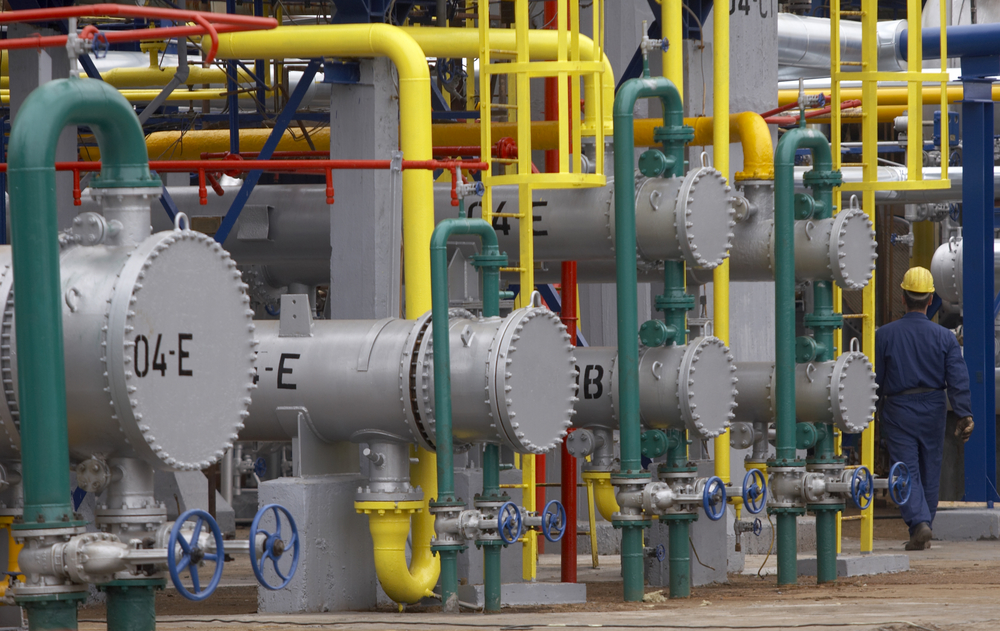Top 4 Things to Consider When Picking Pipe Insulation Cover Thickness
How thick should your insulation be?

There is a lot that needs to be considered when determining the appropriate insulation thickness for your piping systems and other components. It is critical to find the proper thickness, as the wrong one could potentially damage your equipment, cause unnecessary energy loss, or put your employees in harm’s way.
Here are the 4 major factors you should take into account when choosing the right insulation thickness for your application:
1. Extreme Temperature: The various types of equipment that makes up a piping system are often unique, requiring different levels of thickness throughout the insulation covers used to protect them. Hot pipe insulation covers, for example, must be thicker when insulating equipment that rise to extremely high internal temperatures. For extremely cold piping, however, you will want to use a pipe insulation cover that isn’t too thick. You may even want to consider heated insulation covers that use steam or heat trace. The best way to determine if you have the proper thickness for the temperature of your equipment is by reviewing and following the manufacturer’s guidelines.
2. Climate: The external climate is one of the most important factors when determining how thick your pipe and other component insulation should be. Just as the temperature inside your piping system is important, so is the temperature outside of your system. Cold weather requires thicker insulation covers for equipment to prevent heat loss. Warm weather typically requires thinner insulation, however there are exceptions to this rule. One of the few circumstances where it is necessary to thicken insulation for warm conditions is if you have equipment with a cold inner temperature, such as pipes transporting cold water through a factory in a warm environment like southern California.
3. Indoors or Outdoors: Another vital factor to assess is whether your equipment is indoors or outdoors. Equipment housed indoors is likely to have a longer lifespan and require less maintenance than outdoor piping systems. Therefore, any piping systems exposed to the elements will need to be thicker to withstand rain, sleet, snow, wind, constant sun, and other uncontrollable variables that comes with outside storage.
4. Measurement: Length of pipe is also important. The longer the pipe, the more heat that could be potentially lost. So, if one section of your piping is substantially longer than the rest, that section needs thicker insulation. Therefore, determining the length, width, and height of your equipment will help in fine-tuning the thickness of pipe insulation covers you need.
BONUS TIP: One quick trick that many facility owners use is to start with what they want the exterior insulation touch temperature to be. They then reverse engineer their calculation to find their insulation thickness requirements. Many off the shelf software that can assist with this calculation, such as 3E-Plus. Looking to try it out? You can download 3E-Plus here and start estimating your insulation thickness requirements today! Need help figuring out your insulation thickness needs? We can help! Contact us today!

Thermaxx Jackets
Thermaxx Jackets was founded over 25 years ago with a single purpose: to help our clients save energy with removable insulation blankets when traditional stay-in-place insulation is not practical. Our dedication to this purpose has resulted in a long list of customers who have saved money thanks to Thermaxx Jackets! Combining expertise in heat loss, wireless monitoring, insulation design, and several other disciplines, we’ve become the #1 provider and fabricator of removable insulation jackets and covers. The Thermaxx Sales and Service teams are experienced and trained to provide clients with the most timely and cost-effective solution.
Categories
- removable insulation
- thermaxx jackets
- energy savings
- savings
- energy efficiency
- safety
- pipe insulation
- energy
- case study
- insulation materials
- thermal insulation
- heat loss survey
- heat loss
- energy loss
- hot insulation
- fiberglass
- installation
- steam
- New York
- custom insulation
- NYC Case Study
- boiler
- university
- Connecticut
- reusable insulation






